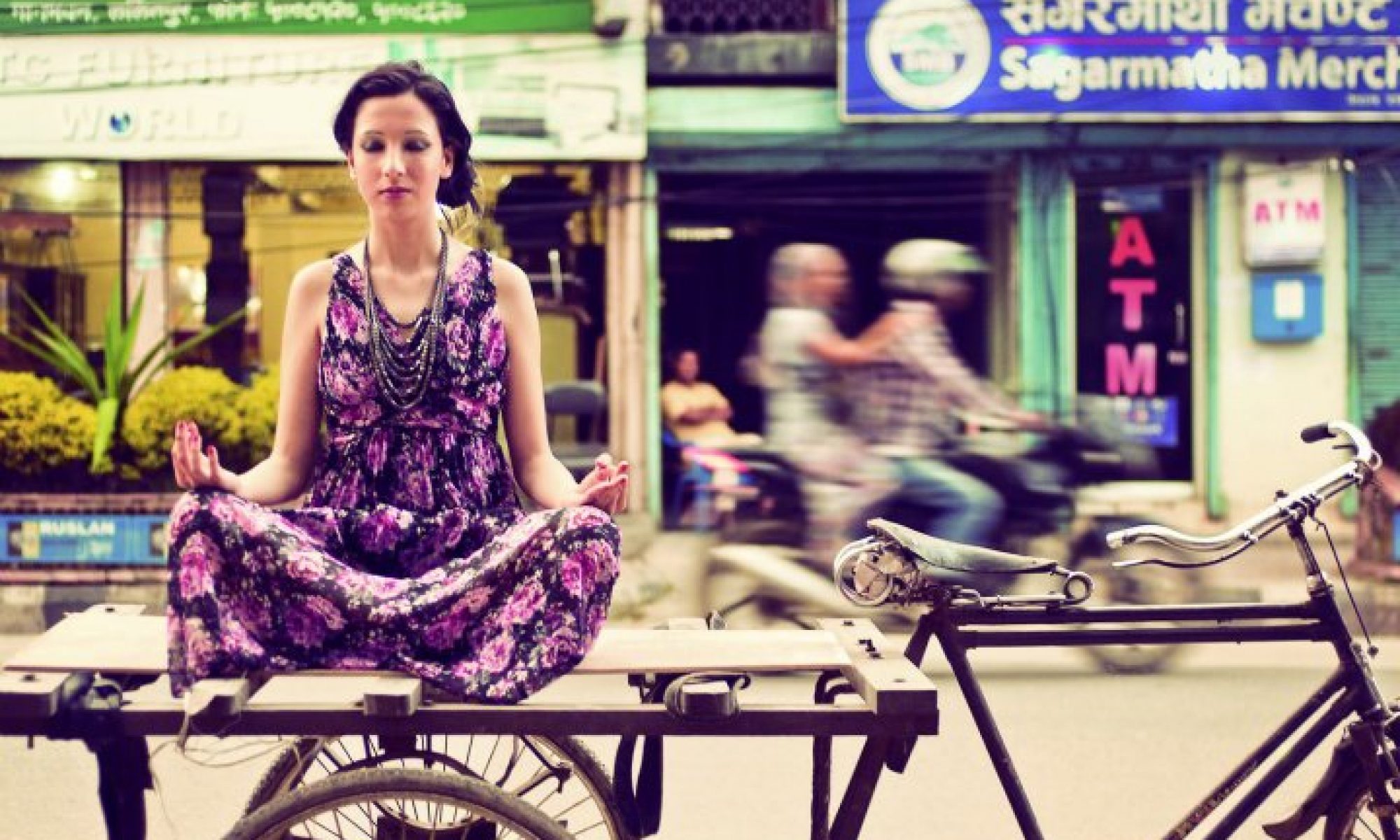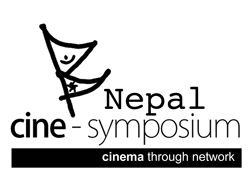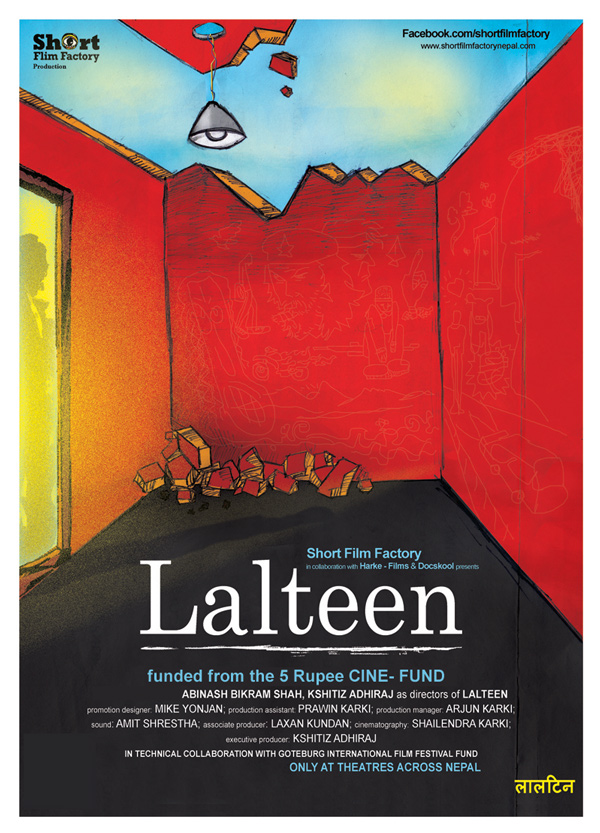 In the most ordinary of times when a good film comes to an end, the audience applauds, the director and the crew steal the limelight and the viewers go home feeling good. Strangely, in this genre of cinema, things aren’t the same because what has been spun out is a good deal of reel, and only reel. Documentaries seem to have a different meaning to its projection of stories, of peoples and of places. If there is a chance to get close with the people, lives, places and reality that you have not seen or met then sometimes documentaries are your only chance. Yet, it is not a daily dose of hard news. Documentaries are real, the set is real, everything projected is raw, the actors are the soul of the stories and the directors have a very complex situation of capturing these moments alive, nothing has changed even after the documentary is over. The protagonist continues to live what he lived inside the camera. There is simply no end to a story of a real person, place, or situation.
In the most ordinary of times when a good film comes to an end, the audience applauds, the director and the crew steal the limelight and the viewers go home feeling good. Strangely, in this genre of cinema, things aren’t the same because what has been spun out is a good deal of reel, and only reel. Documentaries seem to have a different meaning to its projection of stories, of peoples and of places. If there is a chance to get close with the people, lives, places and reality that you have not seen or met then sometimes documentaries are your only chance. Yet, it is not a daily dose of hard news. Documentaries are real, the set is real, everything projected is raw, the actors are the soul of the stories and the directors have a very complex situation of capturing these moments alive, nothing has changed even after the documentary is over. The protagonist continues to live what he lived inside the camera. There is simply no end to a story of a real person, place, or situation.
Film South Asia, has been promoting some very interesting and important documentaries of South Asian Countries that reflect a variety of aspects ranging from conflicts, social disturbances, and music to politics, events, and sports. With a goal to popularize documentaries so that it entertains, informs and changes lives, FSA brings together film makers in one festival where ideas and concepts are shared and the Non fiction documentaries are exposed to regional as well as international avenues. FSA runs for four continuous days in Kathmandu. The documentaries go through a tough competition that’s judged by a three member south asian jury and the best film gets awarded the Ram Bahadur Trophy along with a citation and a cash prize of USD 2000. The second best film and the best debut film introduced will be awarded a citation along with a cash price of USD 1000 each. The competition is so fierce that many a time the jury is compelled to split the title in between two films.
The FSA this year is slated to take place from Sept. 29 to October 2. Directors, in most of these documentaries, have been remarkably bringing to light the smallest of issues that have been rooted for a national level degradation. Among the four Nepali documentaries selected for the screening at FSA, ‘Journey to Yarsa’ and ‘Saving Dolma’ are directed by Dipendra Bhandari and Kesang Tsetan respectively. ‘Aadesh Baba- So be it’ is directed by Aurore Laurent and Adrien Viel while Stefeno Levi directed ‘Out of the Darkness’.
The FSA, not only screens these documentaries at the festival but also selects around 15 documentaries to travel all over the Subcontinent and the world as the Travelling Film Southasia (TFSA). Hence TFSA has been promoting the skill and potentiality of Southasian people by show casing the stories of this particular region in an international avenue and creating a contemporary subconsciousness among the viewers.
Though Documentaries are gaining popularity among the audience, Kshitiz Adhiraj(Director of Being Me) from Doc school has a different approach and perspective on it. He firmly believes that Documentaries today have lost its original essence. According to him, documentaries should be conceptual and more of an art form rather than being sold on the stories of social imbalances and traumas faced by the poor and suppressed. He believes that the quality of documentaries is degrading with the same old themes being propagandized and repeated over time. That’s why he doesn’t do Documentaries anymore.
Well the cliché of the coin having two sides cannot be ignored. I personally like documentaries since it gives us insight into the entire subject that would never have made an impact in our lives if it hadn’t been captured by the filmmakers. In developing countries like ours, it is one of the most powerful visual mediums to bring the stories that have been overlooked to life. FSA, for the eighth edition of this kind, has been conserving the spirits and dedication of these independent films.
Mark in your calendar that starting 29th September, FSA 2011 is going to screen the following movies till the 2nd of October. You can find the time schedule for the screenings at filmsouthasia.org
- Aadesh Baba-So Be It, Aurore Laurent and Adrien Viel, Nepal
- Apour Ti Yapour. Na Jang Na Aman. Yeti Chu Talukpeth, Ajay Raina, India/Pakistan
- The Boy Mir-Ten Years in Afghanistan, Phil Grabsky, Afghanistaazn
- Common Ground, Philip Buccellato, Sri Lanka
- Cowboys in India, Simon Chambers, India
- The Darjeeling Himalayan Railway, Tarun Bhartiya, India
- Dharavi, Slum For Sale, Lutz Konermann, India
- Director Painter Shri Baburao Laad Saheb, Richa Hushing, India
- The Dreaming Vendors, Ahmed Abid, Bangladesh
- I Am, Sonali Gulati, India
- I Was Worth 50 Sheep, Nima Sarvestani, Afghanistan
- Inshallah, Football!, Ashvin Kumar, India
- Ishpata, Afsheen Sajid Ali and Irfan Ali Shah, Pakistan
- Jai Bhim Comrade, Anand Patwardhan, India
- Jharu Katha, Navroze Contractor, India
- Journey to Yarsa, Dipendra Bhandari, Nepal
- Kerosene, Kannan Arunasalam, Sri Lanka
- Made in India, Rebecca Haimowitz and Vaishali Sinha, India/USA
- The Market, Rama Rau, India/Canada
- Moving to Mars, Mat Whitecross, Burma/Thailand/UK
- Nargis-When Time Stopped Breathing, Kyaw Kyaw Oo and Maung Myint Aung, Burma
- Nero’s Guests, Deepa Bhatia, India
- The Nine Months, Merajur Rahman Baruah, India
- The Other Song, Saba Dewan, India
- Out of the Darkness, Stefano Levi, Nepal
- Partners in Crime, Paromita Vohra, India
- Pink Saris, Kim Longinotto, India
- Platform No. 5, Vanaja C, India
- Saving Dolma, Kesang Tseten, Nepal
- The Search for Justice, Tehmina Ahmed, Pakistan
- So Heddan So Hoddan, Anjali Monteiro and KP Jayasankar, India
- Summer Pasture, Lynn True and Nelson Walker, Tibet Autonomous Region
- This Prison Where I Live, Rex Bloomstein, Burma/Germany
- Tres Tristes Tigres, David Munoz, Bangladesh
- The Truth That Wasn’t There, Guy Gunaratne, Sri Lanka/UK
- War and Love in Kabul, Helga Reidemeister, Afghanistan


